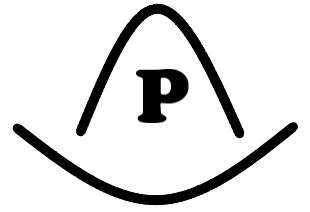Keep it simple. If your employer offers a 401k Plan, even if there is not a company match, you should join the plan and contribute. Don’t worry about IRAs, stocks or mutual funds. Join your company 401k Plan now!
Contribution Limits
Start with 5% of your salary. If you can afford more, do it. If you can’t afford 5%, start with $50 or $100 per month. Whatever you can. This year the IRS has increased the maximum employee 401(k) contribution limit to $19,000 per year. The maximum contribution for 2018 was $18,500.Additional contributions can be made if you are age 50 or older. For 2019, that number remains at $6,000, which is also the same as the catch-up contributions in 2018 and 2017.
Traditional vs Roth
The biggest difference between a Roth and a traditional IRA is how and when you get a tax break: The tax advantage of a traditional IRA is that your contributions are tax-deductible in the year are made. The tax advantage of a Roth IRA is that your withdrawals in retirement are not taxed.
Tough call. If you are just starting your career, go with a Roth. Otherwise, select a Traditional or mix it up.
Fund Choices
There are several choices ranging from small cap to large cap, domestic vs international and low fee options.
Unless you are plan to monitor your investments daily, your best option is a target fund. I personally invest in the Vanguard target funds through my employer 401k Plan. What is a target fund? A target date fund is designed to provide a simple investment solution through a portfolio whose asset allocation mix becomes more conservative as the target date approaches. As an example, if you pick a Target 2045 fund, the portfolio will be more heavily weighted towards stocks, gradually allocating to more conservative investments (e.g. bonds) are your target date approaches.


